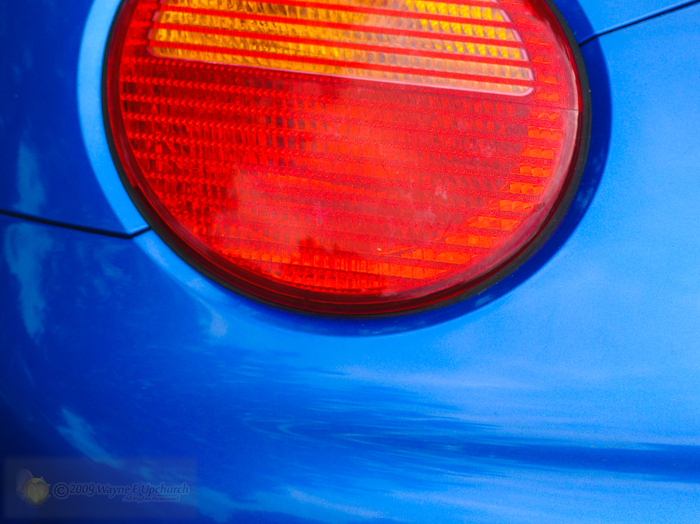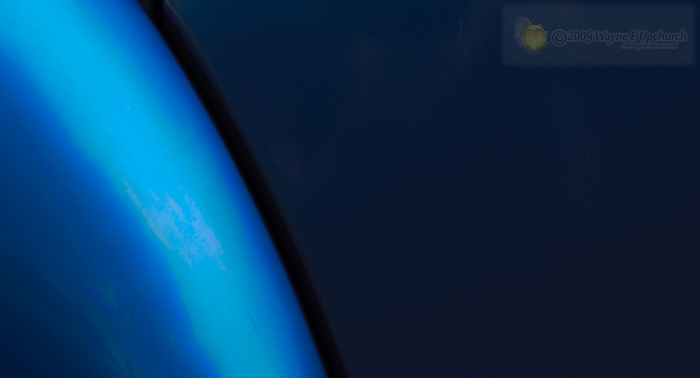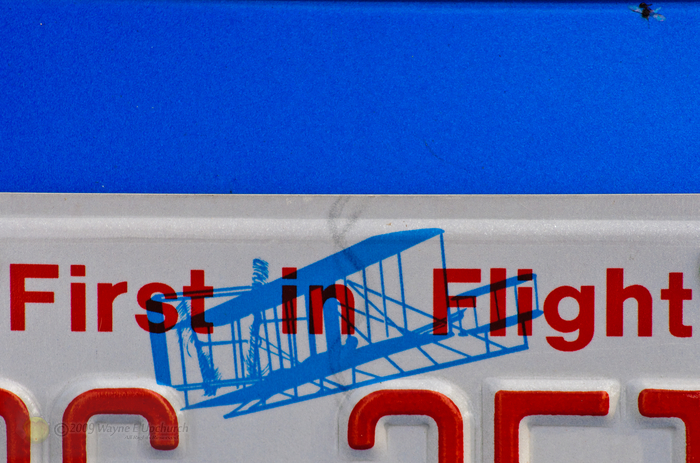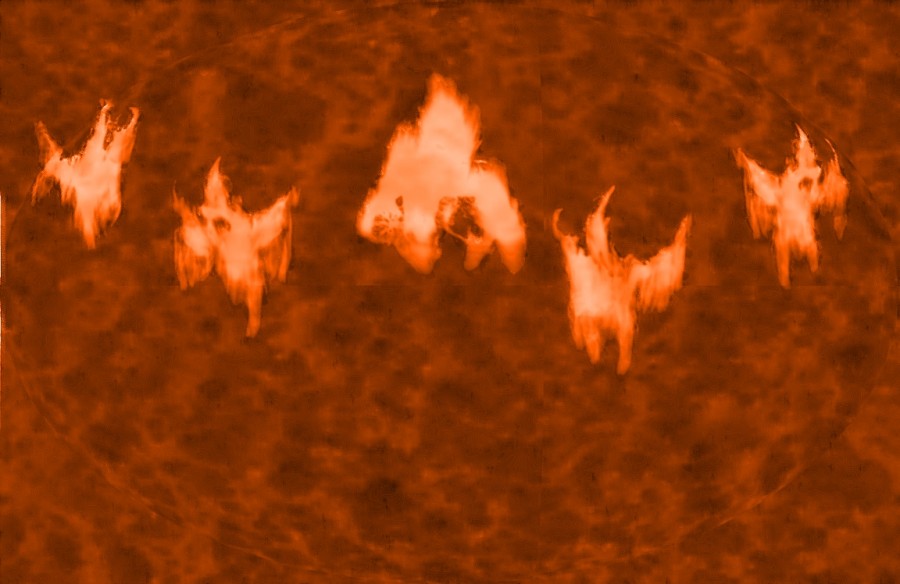Recently, when I helped a friend, Barb, with a ride, I had some time to extract some images from her beloved blue Bug. I finally got around to posting them, once I discovered a Theme:



About Photography, broadly.
Recently, when I helped a friend, Barb, with a ride, I had some time to extract some images from her beloved blue Bug. I finally got around to posting them, once I discovered a Theme:



When I was a young man, I remember a slight shudder running up my spine at the idea of any future daughters, upon their beginning to date young men. As it turned out, my only “daughters” are my creative productions.. photographs, drawings, radio programs, stage performances, etc.

Recently, I came across a blog post by Andrew Ilachinski, at his Tao of Photography , on viewers viewing gallery art. Go give it a read, if you find that interesting; I’ll wait… . .. . .
For the rest of you:
Reminded of my experience, years ago, at a gallery showing of two themes of my black and white photographs, I joined into the comments on his post:
“I once noticed an interchange between two viewers (of my own work,including some almost abstract closeup studies of line texture, in a friend’s gallery) which suggested a conclusion about art and perception. One of them, from the opposite side of the long narrow gallery space, came and got her friend who was looking at another image just below where I was standing, taking her to the one she had been looking at. Neither realized I was present, maybe not even knowing I Was the photographer. The first woman said (something like), “Look. I can see (whatever it was she saw) in this. See it?” The second said (approximately),”No.. I don’t see that.. but what I DO see is (whatever She said she saw), as plain as day”
And they were definite, but quite different impressions, at least with respect to their respective “images”, but interestingly, it seemed to me both impressions were similar in character or “feel”.
Rather than feel as if my work had failed, I began to wonder if it had succeeded on a whole other level, since they seemed to have gotten similar emotional experiences on viewing the same image. They just explained or interpreted their emotional response with different “specifics”?
In the end, I began to think that it doesn’t matter what the “abstract” image actually “portrays” to those who bother to look; maybe what matters is that we make an image that has the organization and technical skill that clears the way, distills the experience, so that a viewer can bring his/her inner experience to the image. Sloppy images may provide a “confused path” to/through the image, while an image made by someone who composes somewhat cleanly, with organized elements and dynamics if you will, lets the image be a mirror for the viewer.
I take that as a high calling, actually… maybe Just as great as showing them what I saw.”
Answering a request by another “strobist”-type to answer a cryptic tag left on one of my latest flickr images, I may as well include you in the audience, eh?
soft pinks, crisp light:
And here’s the rig:

How it works is pretty self explanatory, but two things about these appeal to me;
Here’s a bonus image, also made with the above:
